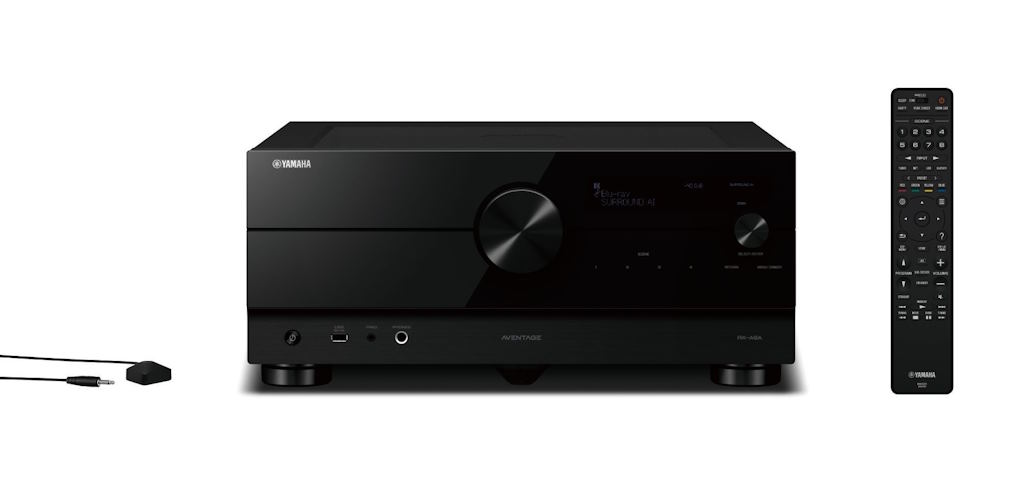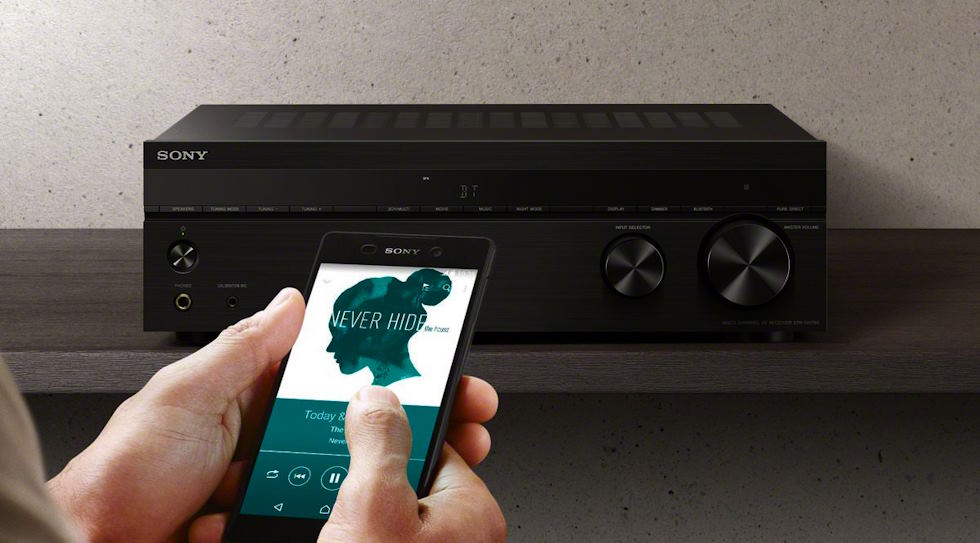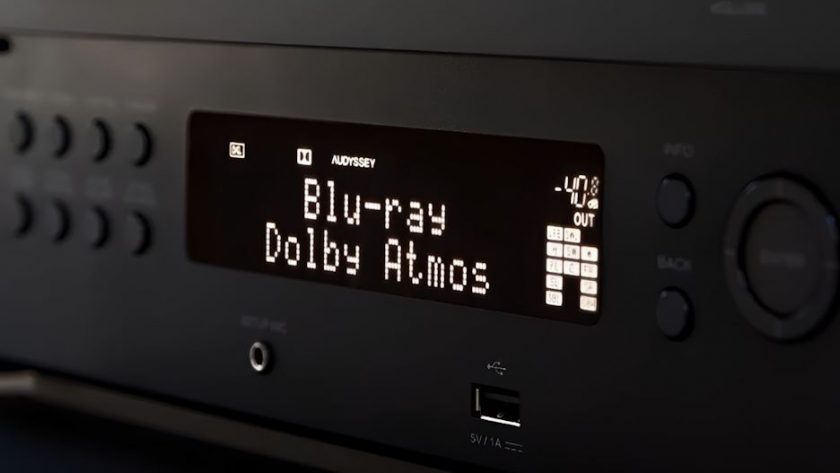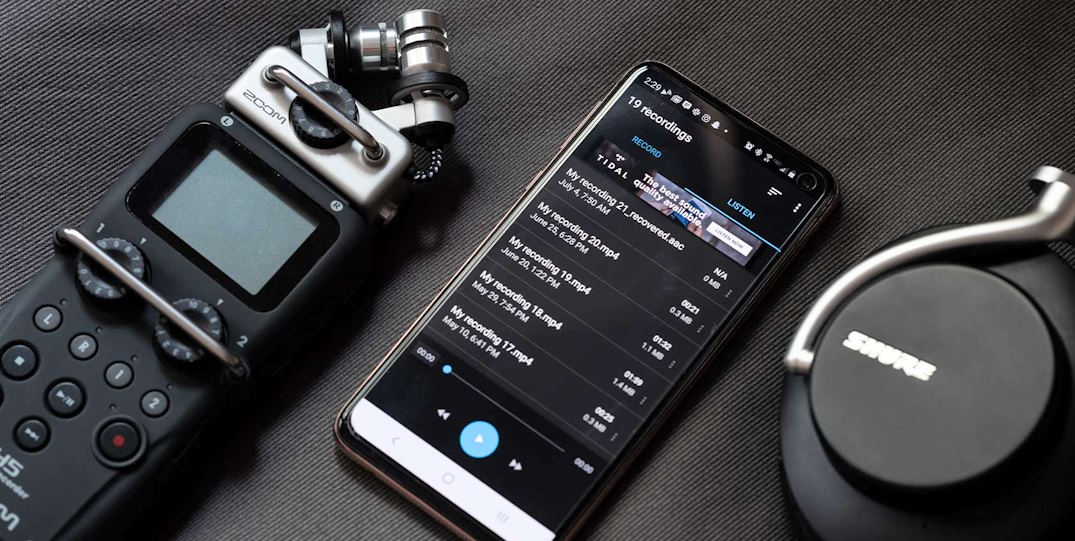Picture yourself in the midst of a thunderous battle scene, with explosions echoing around you and helicopters soaring overhead. Or perhaps you’re transported to the heart of a dense jungle, with raindrops falling all around and birds chirping from every corner of the room. These immersive auditory experiences are made possible by Dolby Atmos, a cutting-edge audio technology that adds a new dimension to home entertainment. But while Dolby Atmos-enabled speakers play a crucial role in creating this immersive soundstage, they are just one piece of the puzzle. To truly harness the power of Dolby Atmos and bring cinematic sound to life in your living room, you need the right AV receiver.
Setup and Configuration
Room Layout Considerations for Optimal Dolby Atmos Experience
Consider the size and shape of your room, as well as any obstructions such as furniture or walls, which can affect sound dispersion and clarity. Optimal seating placement is also essential, with the primary listening position ideally positioned in the center of the room for balanced sound distribution.
Speaker Placement Guidelines for Dolby Atmos Setups
Proper speaker placement is key to unlocking the full potential of Dolby Atmos. For a typical Dolby Atmos setup, you’ll need a combination of floor-standing, bookshelf, and ceiling-mounted speakers. Front and surround speakers should be placed at ear level or slightly above for optimal sound projection, while overhead speakers should be positioned directly above the primary listening area to create a seamless soundstage. Use Dolby’s speaker placement guidelines as a reference to ensure accurate positioning for the best possible audio immersion.

Calibration Tools and Techniques for Fine-Tuning Audio Performance
Once your speakers are in place, it’s essential to calibrate your system to ensure optimal audio performance. Most Yamaha AV receiver come equipped with built-in calibration tools such as Audyssey or Yamaha’s YPAO, which automatically adjust speaker levels, distances, and crossover frequencies based on your room’s acoustics. Additionally, consider investing in a dedicated SPL meter for manual calibration, allowing for more precise adjustments to achieve the perfect balance of sound. Regularly recalibrate your system to account for changes in room layout or speaker positioning, ensuring consistent and accurate audio reproduction for all your entertainment needs.
Optimizing Audio Settings
Understanding Dolby Atmos Audio Formats and Codecs
Before diving into audio settings, it’s essential to grasp the various Dolby Atmos audio formats and codecs available. Dolby Atmos supports several formats, including Dolby TrueHD and Dolby Digital Plus, each offering different levels of audio fidelity and compatibility. Additionally, understanding the differences between object-based audio and channel-based audio is crucial for optimizing your Dolby Atmos experience. Familiarize yourself with these formats to ensure you’re selecting the right settings for your audio source and playback device.

Adjusting Speaker Levels, Distances, and Crossover Frequencies
Fine-tuning your speaker settings is paramount for achieving balanced and immersive sound with Dolby Atmos. Begin by adjusting speaker levels to ensure consistent volume across all channels, preventing any audio imbalance. Next, accurately measure speaker distances to the listening position and input these values into your AV receiver for precise sound localization.
Utilizing Room Correction Features for Improved Sound Quality
Many AV receivers come equipped with advanced room correction features designed to compensate for acoustical imperfections and enhance overall sound quality. Utilize these features, such as Audyssey MultEQ or Yamaha’s YPAO, to automatically analyze your room’s acoustics and apply necessary adjustments to speaker output. This can include equalization to correct frequency response anomalies and time alignment to synchronize sound from all speakers.


